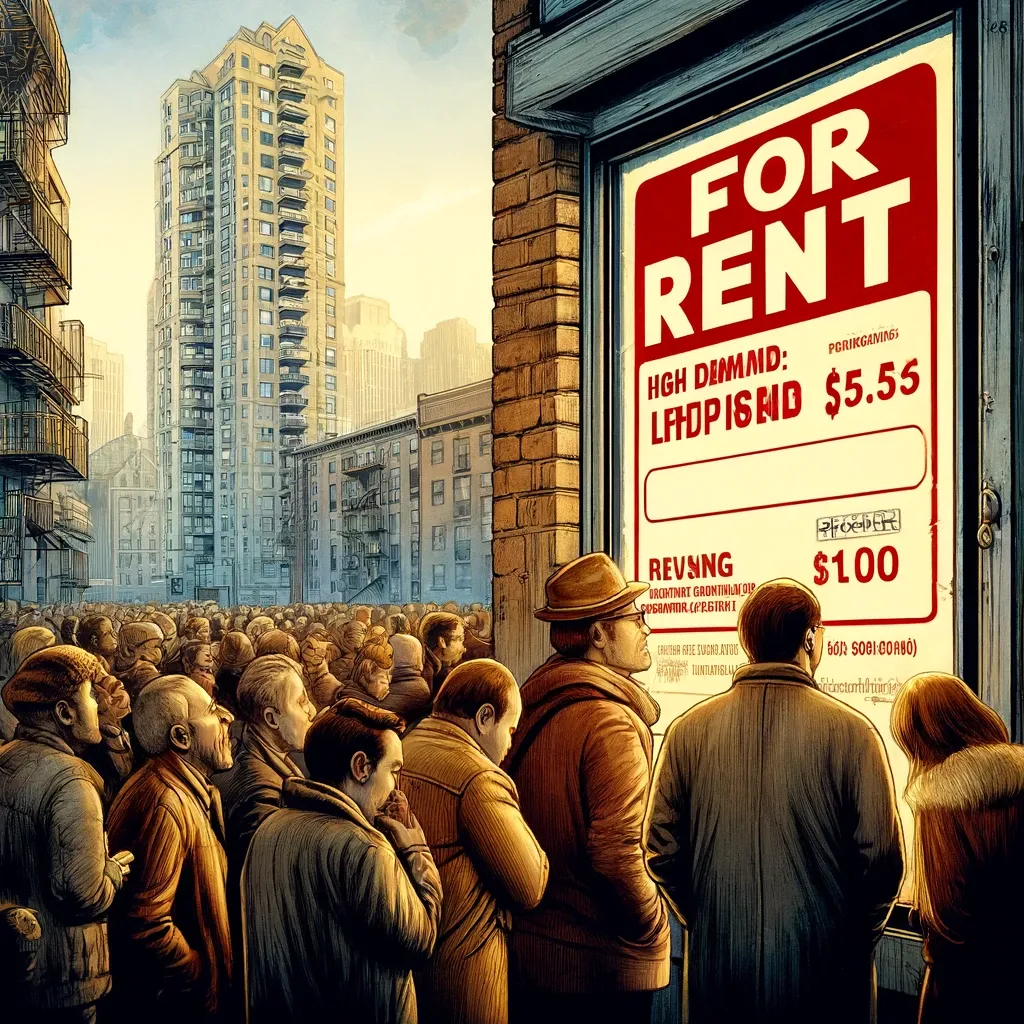The Italian rental market: rising rates and unused residential space.

The supply is insufficient, demand is high, and rental prices are rising. The rental situation in Italy is influenced by market and macroeconomic conditions that put pressure on the sector. Moreover, cases of tenant debt exacerbate landlords' problems and affect their decisions regarding property rentals, further worsening the situation. This environment is reflected in the 2023 Rental Report prepared by Crif and Nomisma in collaboration with Confabitare, which examines the housing rental market in Italy.
Supply and demand for rentals in Italy
In Italy, 57% of residential properties are owned and used as primary residences, about 10% of the housing stock is intended for rent, while another 11% is available, meaning it is neither rented out nor used as a primary residence. This results in a significant supply shortage, which, combined with the overall price increase over the past two years, has led to a rise in rental rates (+2.1% in 2023).
This leads to the situation where, despite high demand (over 700,000 estimated rental requests in 2023, according to Nomisma), the rental market is not saturated but rather blocked. The high level of unused residential properties (or those held by owners), along with the growth of the short-term rental market, especially in tourist areas, makes it difficult to find housing for medium- or long-term rental.
Why don't Italians want to rent out their property?
Matching supply and demand in the rental market is a complex task, as it is based on information asymmetry between the landlord and the tenant, both in terms of the latter's economic reliability and in relation to sociocultural aspects and good management of the rented property. The share of owners who do not want to rent out their housing is 30%, especially among those who have only one property in addition to their primary residence/vacation home (this share decreases to 15% for those who have three or more residential properties besides their primary residence).
Excluding those who have never rented out their property, there is another group of respondents (approximately 10%) who state that they have previously rented out one or more of their residential properties but no longer wish to do so.
14 May 2025
14 May 2025
13 May 2025
The issue of delayed rent payments
A stable contract or a general employment situation and the absence of payment defaults are the most important characteristics for landlords. Delays and arrears in rent payments are a common problem, with almost a third of landlords reporting that they have faced payment delays (especially in cases of long-term arrears of 2 to 4 months), and 13% of tenants stating that they have missed at least one payment. A similar trend is observed regarding delays in rent payments: 27.5% of tenants reported that they have paid rent late at least once in the past year, while the share of delays identified by landlords is 38%.
Delays in rent payments are usually caused by unexpected expenses (in 40% of cases), especially among freelancers, entrepreneurs, self-employed workers, and craftsmen who face income instability. Secondly, in one out of three cases, the delay is related to temporary job loss or financial difficulties, with the level of delays increasing when income is low or absent (for low-income workers and households).
Despite the challenges, about 50% of landlords prefer to wait before taking legal action for non-payments, which reflects the profile of a "patient owner." However, the percentage of those who decide to go to court increases with the number of properties owned.
To address the current issues in the rental market, the information asymmetry between landlords and tenants poses a significant problem. To overcome this inequality, CRIF offers the "Affittabile" service, which allows tenants to confirm their reliability to the property owner through a document that indicates the degree of reliability regarding timely rent payments, as well as determining the average stable monthly rent.
Comment
Popular Offers

Subscribe to the newsletter from Hatamatata.com!
Subscribe to the newsletter from Hatamatata.com!
I agree to the processing of personal data and confidentiality rules of Hatamatata














